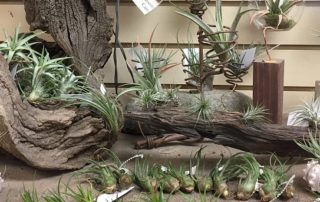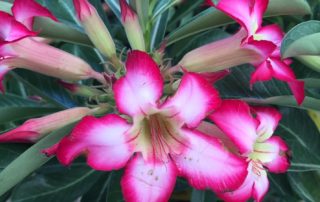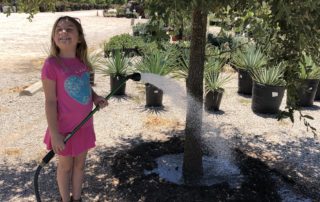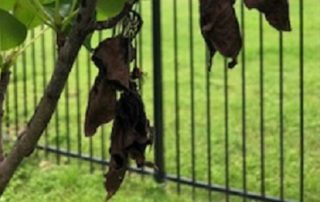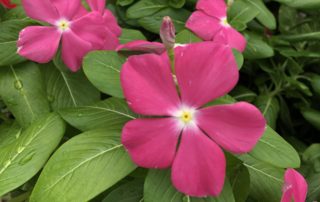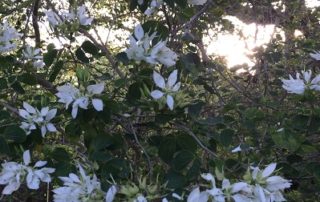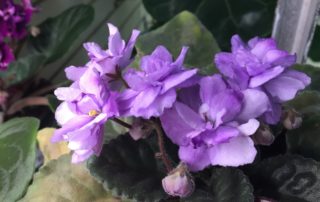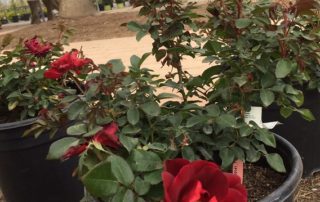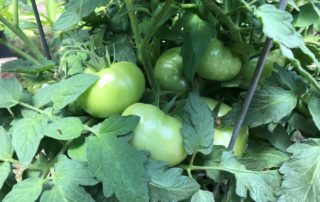Deer Resistant Plant List
I provide this list with a special warning: DEER DON'T READ! Please use this list wisely. Deer will sample anything new, and the fresh growth in the spring often does not contain the concentration of volatile oils or scents that would normally repel deer from browsing. I always recommend using a good deer repellent such as Deer Out for the first few weeks after planting even a "reliably" deer resistant plant. It certainly can't hurt and might help avoid finding your plant pulled out of the ground and [...]


